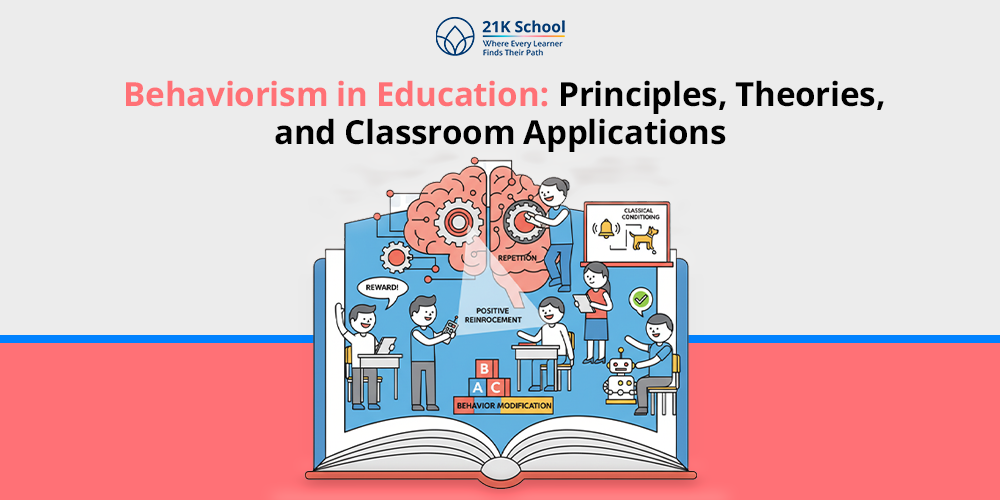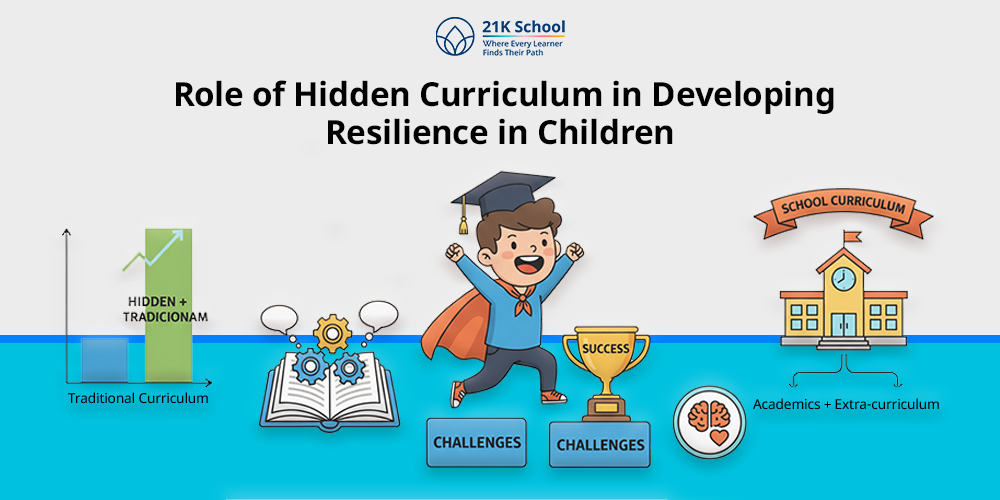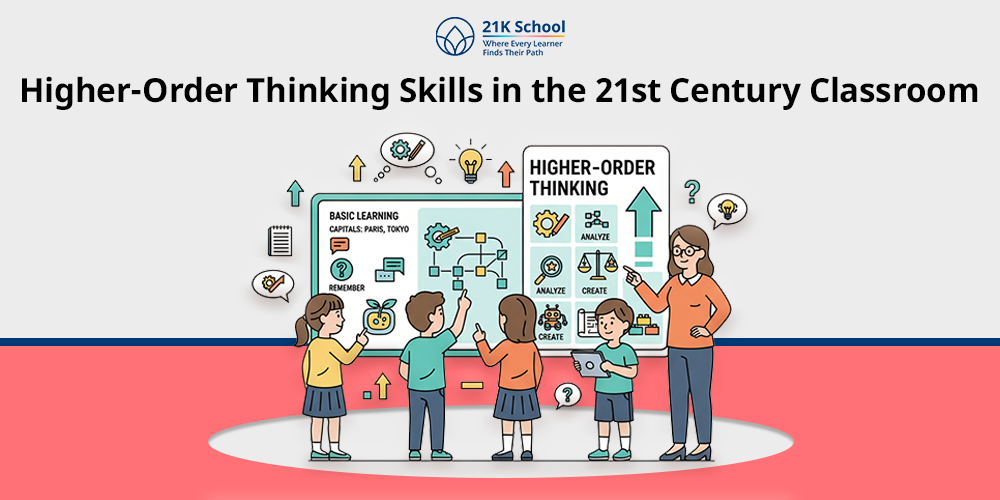
Education has persistently developed through different theories that keep on justifying how we human beings learn to grow with our environment.
Amidst these, behaviorism reflects as one of the most important learning theories which has designed contemporary education & student management.
Firmly established in the study of observable behavior, behaviorism now emphasizing on how external factors & positive feedback develop the learning results to be.
This particular process has guided the mentors & teachers to design a well-organised framework and award-based systems. It helps in keeping the students motivated, & ensures stability in the students’ achievements.
In this way, behaviorism in education is giving shape to the future generation of today’s students.
Contents
What is Behaviorism in Education?
Behaviorism in education is a learning theory that sees education as an observable change in behavior. It is now shaping the students environment through punishments or rewards.
According to this behavior, learning usually happens when a particular factor responds to consistent support that helps the students to develop that behavior.
In the classroom learning environment, behaviorism is used when the teachers consistently reward the students to influence their behavior towards learning.
For example, when a student is appreciated for completing the assignment motivates them to repeat the same. Here, they’re encouraged to rectify based on the feedback that demotivates the undesirable performance.
So, the main aim is to create a structured framework which reinforces effective & meaningful learning through experiential learning , performance evaluation, & positive feedback.
3 Principles of Behaviorism in Education
The key principles of behaviorism in education are Stimulus-Response(S-R) theory, observable theory, and Reinforcement and Punishment:
1. Stimulus & Response Theory
The Stimulus-Response(S-R) theory is the foundation of behaviorism. It helps in explaining the psychology of learning as a direct link between a stimulus & a response.
This theory, central to behaviorism, introduces that all behavior is a reaction to the stimulus & it can be changed by reinforcement or punishment.
For example, when a student is asked any question(Stimulus), & the students answer it correctly(response), appreciating the students behavior keeps them motivated & involved.
2. Observable Behavior
Behaviorists completely prioritize the observable actions, ignoring the thoughts, which are not going to be considered. This fairness helps them make learning easy & accessible.
Therefore, teachers are observing the students’ behavior in order to track the progress of the students.
By evaluating this behavior, teachers & professors can find out the strengths, & the areas of improvements as well.
3. Reinforcement and Punishment
Reinforcement and Punishment are the two important parts of mechanism in behaviorism.
Reinforcement:
- Positive Reinforcement: It basically includes the appreciation, awards, & positive feedback which help the learners to stay motivated throughout their performance.
- Negative Reinforcement: It occurs when performing a behavior removes or avoids an unpleasant stimulus, making that behavior more likely in the future.
Punishment: It is discouraging the students to remove unwanted behaviors by implementing various punishments.
Therefore, with time constant encouragement helps in shaping the habits & behaviors of the students.
Behaviorism in Education – Major Theorists and Their Contributions
The major theorists and their contributions in behaviourism are B.F. Skinner’s theory of operant conditioning, Ivan Pavlov’s Classical Conditioning, and the theory of John B. Watson:
1. B.F. Skinner – Operant Conditioning
B.F. Skinner’s theory of operant conditioning focuses on how behavior is directed by its outcomes. He has concluded that the behaviors followed by the positive results are more likely to be performed repeatedly than those followed by negative results.
In learning, Skinner’s ideas are directed towards the set of commands, where the learning is further classified into smaller steps, & the students will be getting instant feedback & results after each ongoing task.
This particular idea is mostly seen in gamification in learning & computer-based learning in current education environments.
2. Ivan Pavlov – Classical Conditioning
Ivan Pavlov’s experiments with dogs implemented the idea of Classical Conditioning, where the learning is performed through the associations i.e. between the neutral stimulus, unconditioned stimulus, and conditioned stimulus.
In classroom environments, this indicates that some pointers or signals (tone, rewards, appreciations) can also trigger the particular learning process.
For example, when the students start learning in the class, if the teacher has started the lecture in a proper, engaging & interactive way, then the learners will stay focused & excited to learn new things.
3. John B. Watson – Father of Behaviorism
John B. Watson, known to be the Father of Behaviorism, prioritized psychology and should always emphasize on observable behavior, instead of inner condition.
He trusted that the behavior can be controlled & managed by environmental changes.
Therefore, Watson’s thoughts reinforce the teachers to design an organised environment, to develop the behavior of the students via appreciation & awards.
Applications of Behaviorism in Education
The top applications of behaviorism in education are:
1. Classroom Management
Behaviorism plays a crucial role in maintaining the classroom discipline & decorum.
Teachers mostly use behaviorist techniques, such as badges, rewards, and appreciation, in order to generate positive behavior among the students.
Students can get appreciation for good behavior, or can get punishment for misbehavior. This technique helps to foster commitments, stay motivated, & and maintain a regularity in their learning schedules.
2. Instructional Design
In instructional design, behaviorism shaped the formation of planned lessons with clear targets & evaluated results. Here, learning is divided into smaller & achievable targets & each task is assigned with proper instant feedback or reviews for improvements.
This step-by-step process claims that the students usually grasp things slowly & gradually but take the reinforcements at every stage in order to improve their performance & understanding capability as well.
3. Behavior Modification Programs
Behavior modification program involves encouragement & learning methods in order to enhance the students performance & behavior.
Teachers help in finding out the undesirable behavior & provide a positive or negative feedback or rewards correspondingly.
Therefore with time, students must have adjusted to the expected changing behaviors in order to lead a better learning experience.
Behaviorism in Education – Modern Perspectives
The modern perspectives in behaviorism in education are:
1. Use of Digital Tools
Modern classrooms are using AI-driven tools & technology, gamified apps, & online learning & assessments that synchronize with the behaviorist principles.
Students get instant feedback, rewards, encouraging them to stay motivated, & stay active while learning.
Digital learning offers constant reinforcement through interactive learning sessions, problem-solving techniques & progress monitoring systems.
2. Online Learning & AI-Driven Education
In the online education system, behaviourist techniques are visible through system generated feedback,dynamic testings, & performance evaluation trackers.
AI tools help in the learning process by engaging students in learning by offering awards & achievements to keep the students empowered.
Conclusion
Behaviorism aims to be the most practical & powerful theories in the education system.
By emphasizing on the quantifiable results, & well organised learning methods, helps the teachers to design a student-centered curriculum.
Despite the fact that, current education system has developed so far to a great extent which still involves emotional & mental components.
Behaviorism root – prompt, reaction, & encouragement will always stay vital to productive learning & teaching.
When merged with advanced technology, behaviorism builds an environment where the education system becomes consistent, & goal-oriented for the students.


